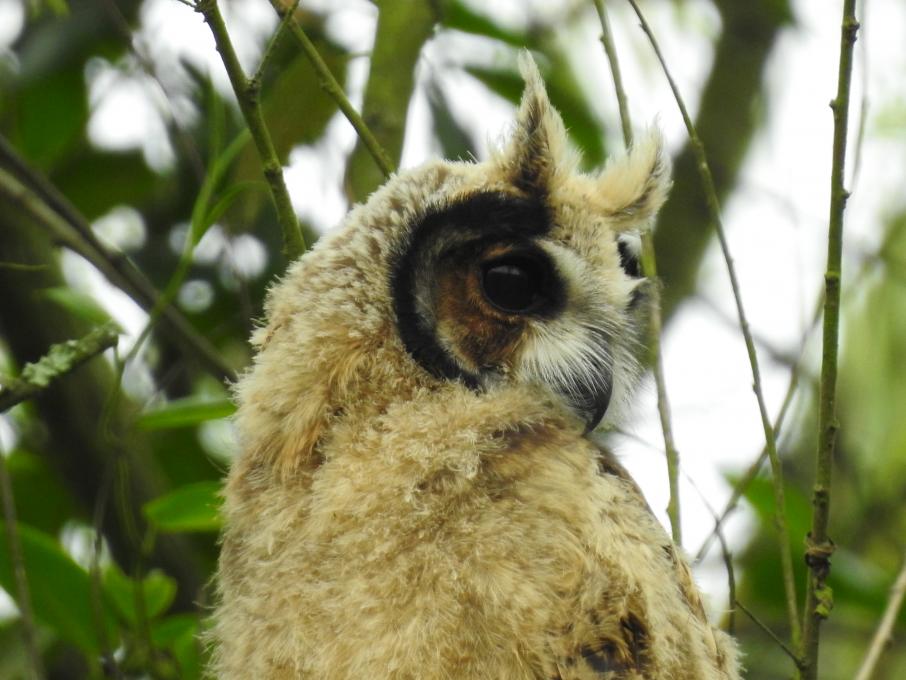David Ricardo
Forum Replies Created
Viewing 16 posts - 1 through 16 (of 16 total)
-
David RicardoParticipant
@David Thanks David!
-
David RicardoParticipantI have improved my recordings a lot, since I now have decent equipment. Before I used my camera to record and pass on mp3 format (something terrifying). I have been looking for a shock mount for a RØDE NTG2, could you help me find it please?
-
David RicardoParticipant
@Steve Thanks! Very useful information
-
David RicardoParticipantI share this photograph of Short-eared Owl in Colombia.
 in reply to: Practice Capturing Birds in Flight #919637
in reply to: Practice Capturing Birds in Flight #919637 -
David RicardoParticipantThe Apolinar´s Wren lives in my country and is Critically Endangered. I have had the opportunity to take censuses of this important species. When I took this photographic, I was a little upset, because I couldn't get it into focus. But, I was able to reflect with her the following: if we do not generate actions to conserve Apolinar's Cucarachero, it could disappear
 in reply to: Practice Getting Creative and Telling Stories #919633
in reply to: Practice Getting Creative and Telling Stories #919633 -
David RicardoParticipantThis time I decided to photograph a couple from Killdeer who have been living near the Bogotá River, I weared dark clothes, I made silence, haved patience and waited for my models to posein reply to: Practice Matching Your Gear to Your Goals #901927
-
David RicardoParticipantWith each step I take in the course I see that bird photography is a great compendium of details. I will certainly strive to acquire better equipment and accessories for photographing birds. For the moment I will use my dark clothes and my Nikon Coolplix P900 camera


 in reply to: Practice Matching Your Gear to Your Goals #901926
in reply to: Practice Matching Your Gear to Your Goals #901926 -
David RicardoParticipantI totally agree, it is essential to investigate the biology, ecology and natural history of birds, so we will have a step forward to improve our photographs. I share this photo that I took today (June 02/2022), as part of the follow-up I do to this species in the Bogotá Savanna, Colombia. Best regards!
 in reply to: Practice Understanding Birds for Better Photos #901802
in reply to: Practice Understanding Birds for Better Photos #901802 -
David RicardoParticipantThe owls are birds and therefore do the same things that the vast majority of birds do. But they differ by their mainly nocturnal habits, they are not very sociable (although there are exceptions), they reproduce and feed in a very particular way. Parents are very protective, even against another predator. The pellets are very interesting because we can know what owls eat.
 Baby of the Short-eared Owl in the Sabana de Bogotá, Colombia in reply to: Young Owls Grow Up #838320
Baby of the Short-eared Owl in the Sabana de Bogotá, Colombia in reply to: Young Owls Grow Up #838320 -
David RicardoParticipantHe knew that owls have well-developed zygodactyl ears, eyes and claws, as well as quiet flight. What I have learned now is that owl claws have adapted to prey, strong and powerful claws capture large mammals and other large prey, small claws capture insects and small vertebrates, the claws bare with spicules capture fish. Owls have adapted to capture a variety of prey that have generated a variety of claws. I was surprised that some owls ate "fishes"
 Short-eared Owl and your prey (an rodent) in the Sabana de Bogotá, Colombia in reply to: Owls and Their Prey #838315
Short-eared Owl and your prey (an rodent) in the Sabana de Bogotá, Colombia in reply to: Owls and Their Prey #838315 -
David RicardoParticipantAll the sounds were amazing. I really liked the vocalization of Northern Saw-whet Owl, Spotted Owl, Southern Boobook and Eastern Screech-Owl I have also had the opportunity to listen to other owls like Band-bellied Owl https://www.xeno-canto.org/391918
 in reply to: Is It An Owl? #838226
in reply to: Is It An Owl? #838226 -
David RicardoParticipantProbably, but maybe the owl was nestingin reply to: Find the Hidden Owl #838185
-
David RicardoParticipant
@Elizabeth Thank you Elizabeth
in reply to: Find the Hidden Owl #838184 -
David RicardoParticipantThis course is wonderful. I enjoyed every moment, every video, every photograph, every teaching, every link. It is a very complete course of owls. I learned their characteristics, sounds, how they live, how they reproduce, where to find them and how to do it, I learned aspects of the biology of a large number of species of owls from all over the world that I hope one day to. I´m very grateful to Bird Academy and our teacher Kevin McGowan for their invaluable teachings. Thank you very much
 Burrowing Owl (Athene cunicularia), Orinoquía Region, Colombia in reply to: Find the Hidden Owl #838183
Burrowing Owl (Athene cunicularia), Orinoquía Region, Colombia in reply to: Find the Hidden Owl #838183 -
David RicardoParticipant
@Esteban Hello Esteban. I have seen them in eucalyptus and cypress. In Colombia it is quite common
in reply to: Who Is That Owl? #826933 -
David RicardoParticipantHello. Thanks for the course, I have learned a lot. Yes!. I have had the opportunity to see several owls in the wild. Several that have appeared in the course, less the striped owl. I share some photos of the owls that I have seen in my country. I hope you likes it I also remember very especially my first owl, when I was barely 7 years old, my father came to the house where my grandmother lived (in a rural area of Saboyá, Boyacá, Colombia) with one of my uncles, they whispered among themselves and then they called us to see a little "snowflake" a chick of Megascops choliba, since then my love for owls. Black and White Owl
 Stygian Owl
Stygian Owl
 Striped-Owl (juv)
Striped-Owl (juv)
 in reply to: Who Is That Owl? #826324
in reply to: Who Is That Owl? #826324
Viewing 16 posts - 1 through 16 (of 16 total)
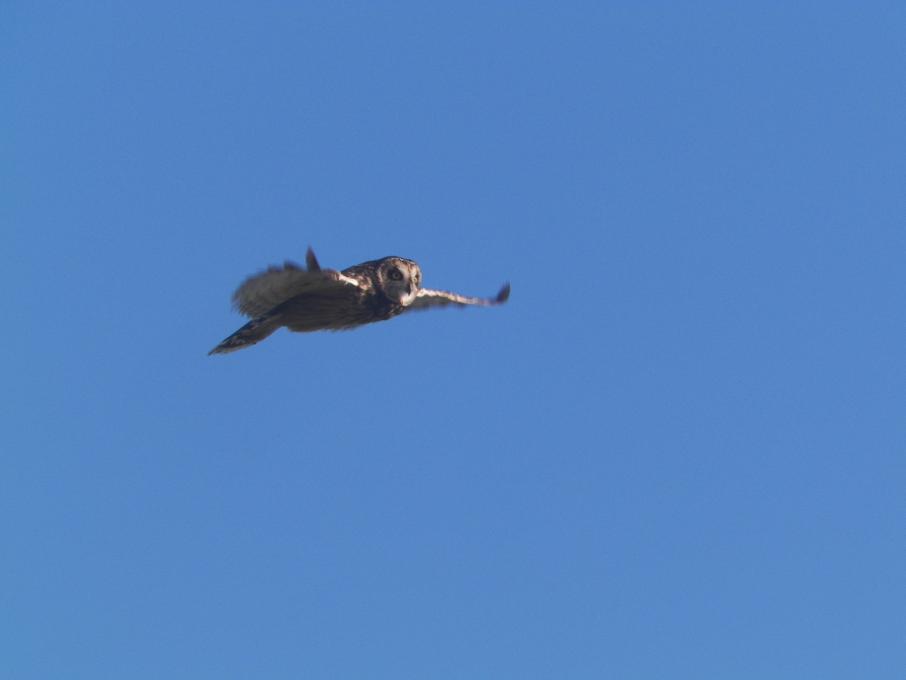
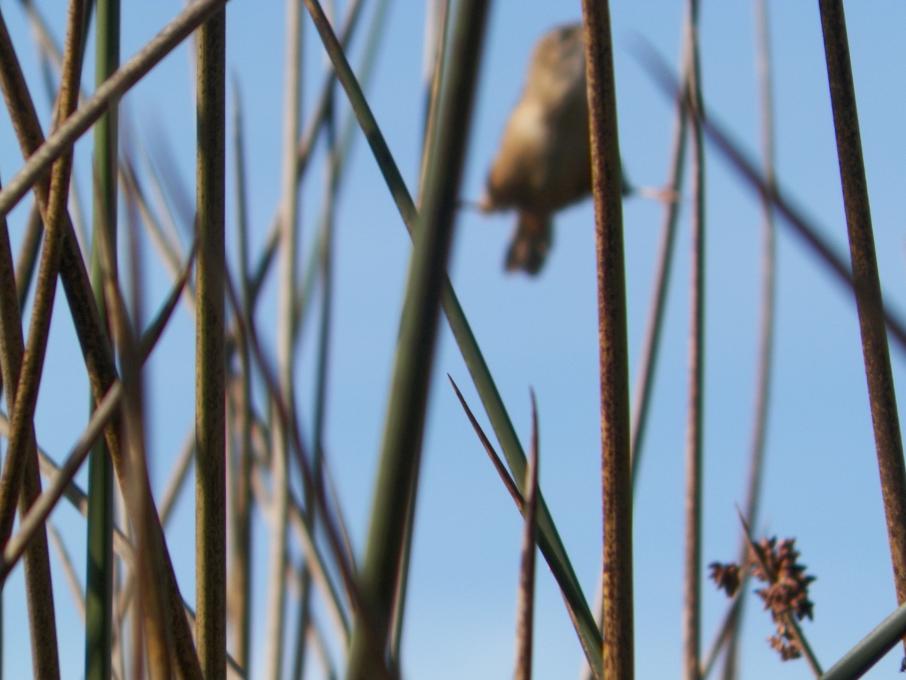
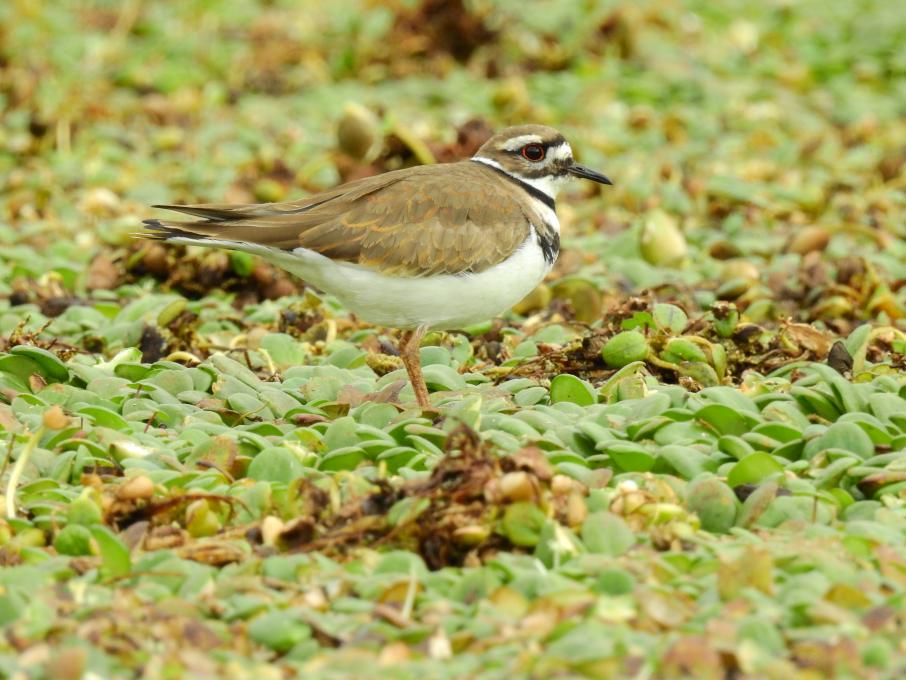

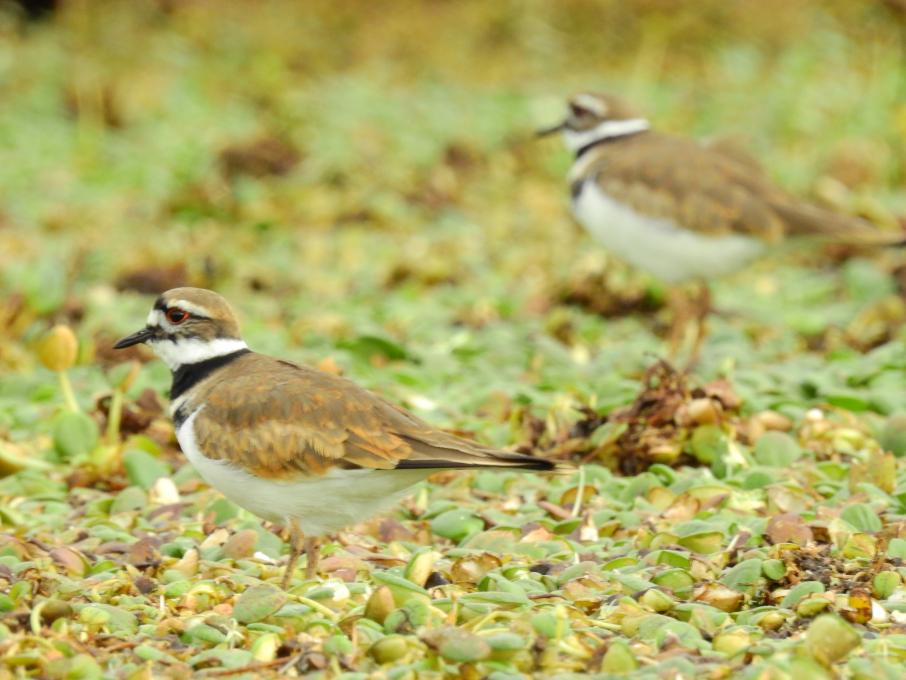
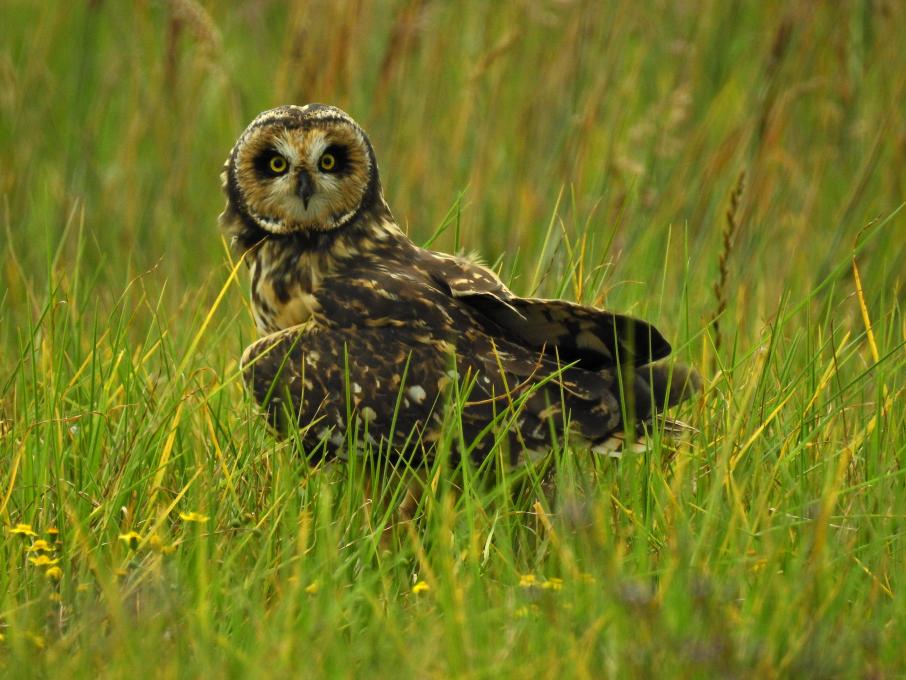
 Baby of the Short-eared Owl in the Sabana de Bogotá, Colombia
Baby of the Short-eared Owl in the Sabana de Bogotá, Colombia 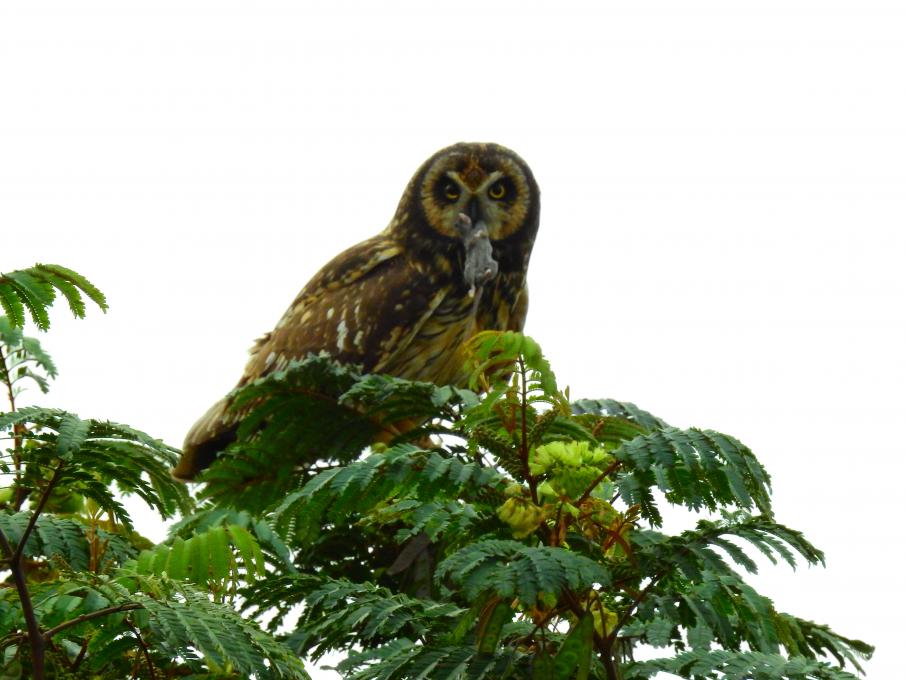 Short-eared Owl and your prey (an rodent) in the Sabana de Bogotá, Colombia
Short-eared Owl and your prey (an rodent) in the Sabana de Bogotá, Colombia 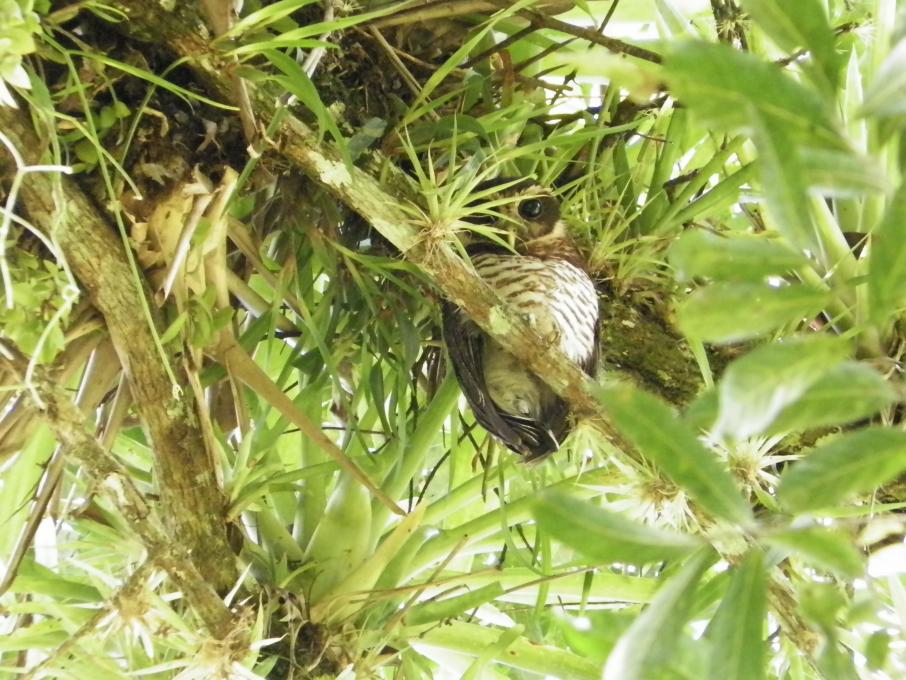
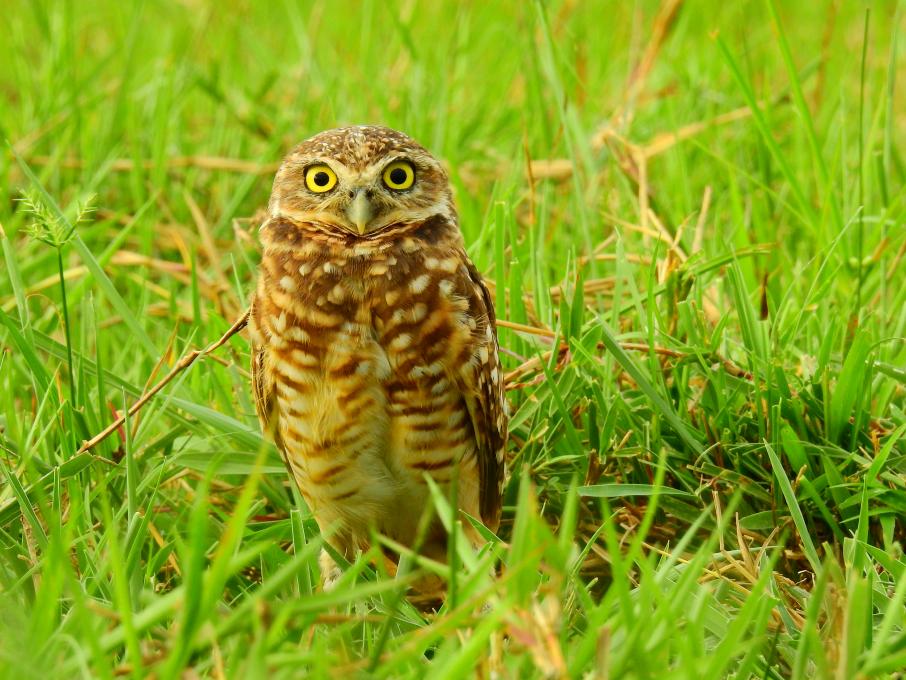 Burrowing Owl (Athene cunicularia), Orinoquía Region, Colombia
Burrowing Owl (Athene cunicularia), Orinoquía Region, Colombia 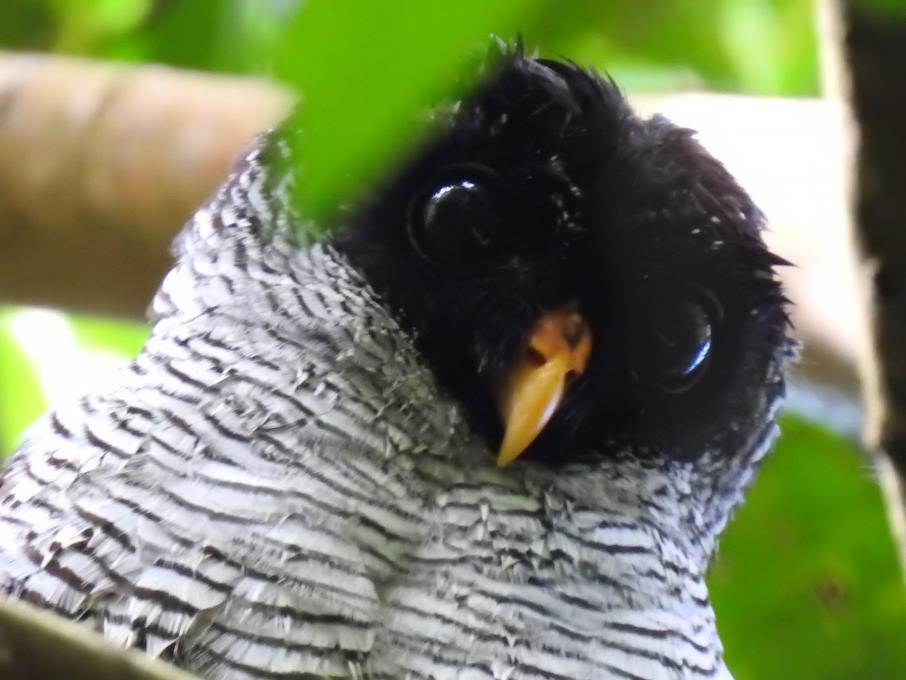 Stygian Owl
Stygian Owl
 Striped-Owl (juv)
Striped-Owl (juv)
